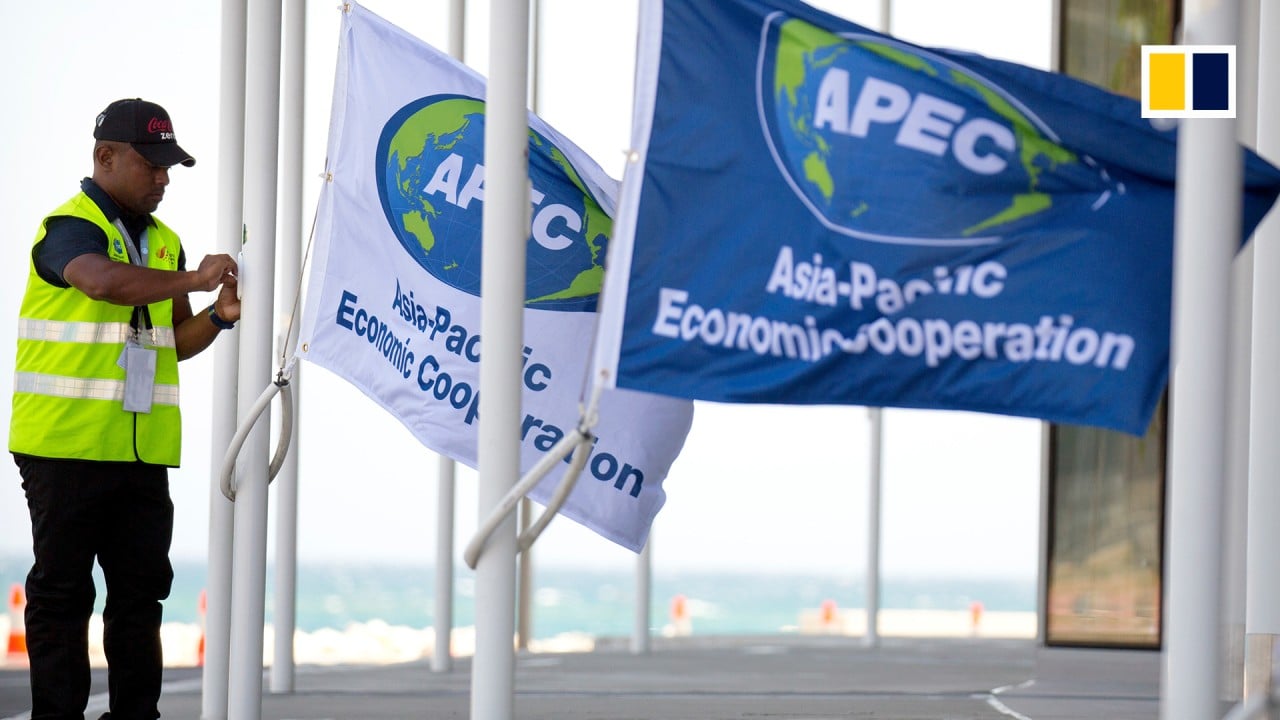Opinion | Indo-Pacific needs US-China cooperation, not conflict with the Quad
- The key to peace and prosperity in the old Asia-Pacific concert of nations was the inclusion rather than exclusion of China
- It is in everyone’s interest to build a new concert of Indo-Pacific powers based on the principle of great power multilateralism

I remember Susan Shirk, a prominent China expert in the US and the Clinton administration’s deputy assistant secretary for East Asia, arguing for “a full-fledged Asia-Pacific concert of powers”. One dimension of US foreign policy in the post-Cold-War era is a de facto concert of the Asia-Pacific.
China joined almost all Asia-Pacific regional institutions and forums. The US and its allies almost fully engaged China. The mutual engagement processes made the post-Cold-War Asia-Pacific peaceful and orderly for three decades. However, this peace is fragile and vulnerable.
Since 1989, the Asia-Pacific Economic Cooperation (Apec) forum has helped promote regional economic growth and integration. Meetings led by the Association of Southeast Asian Nations let leaders from Asia-Pacific and Indian Ocean countries meet annually in a Southeast Asian nation.

